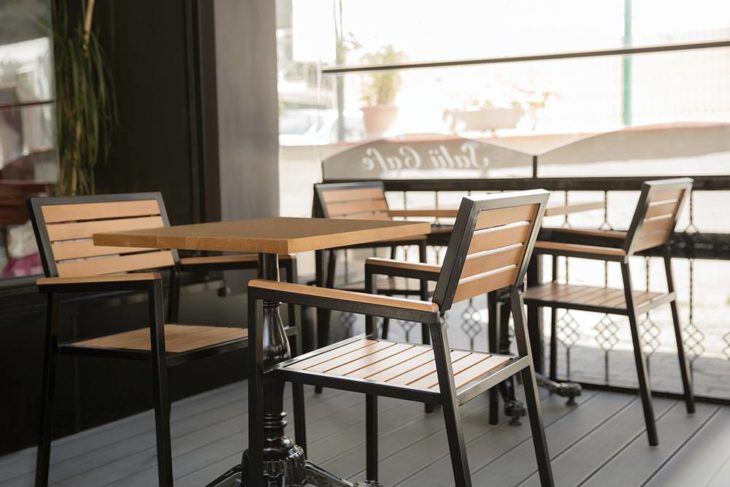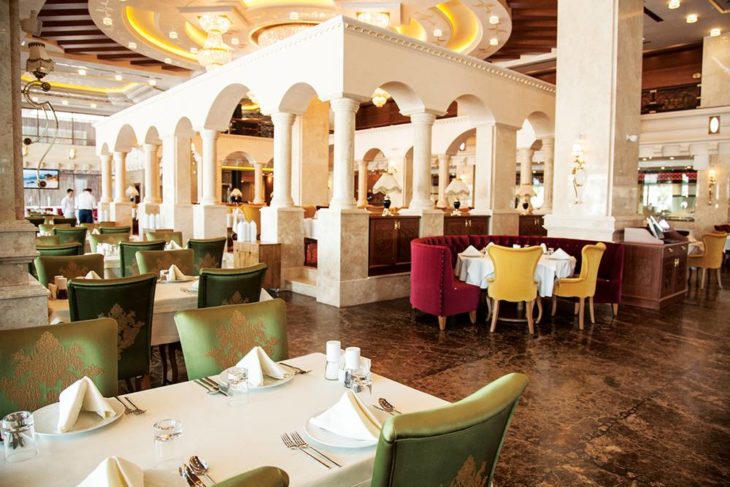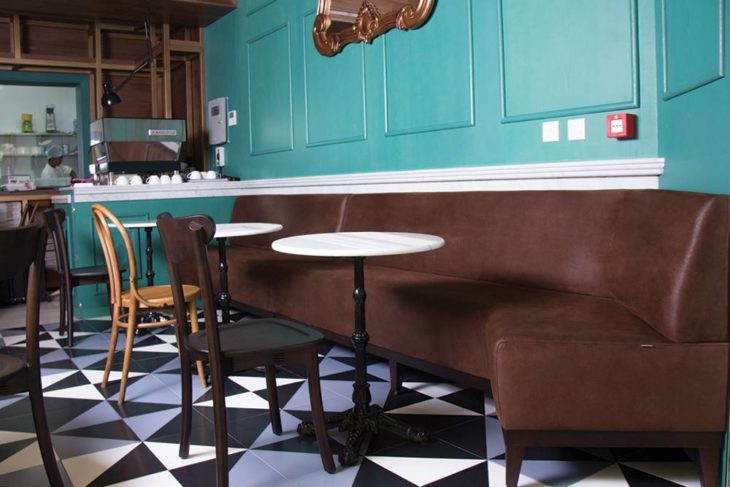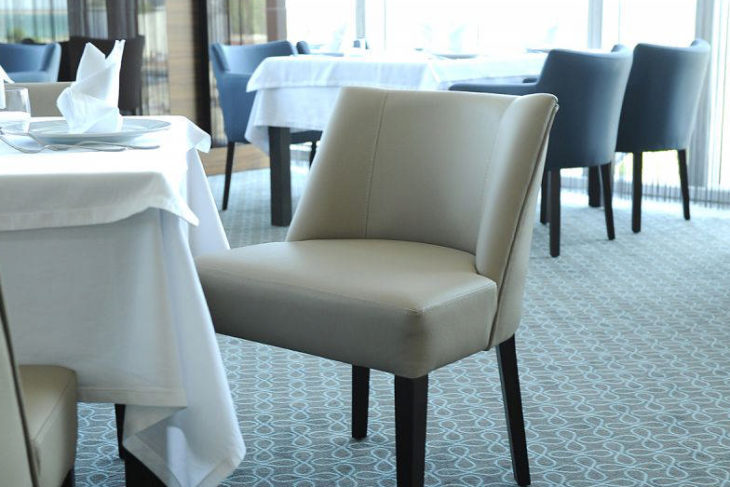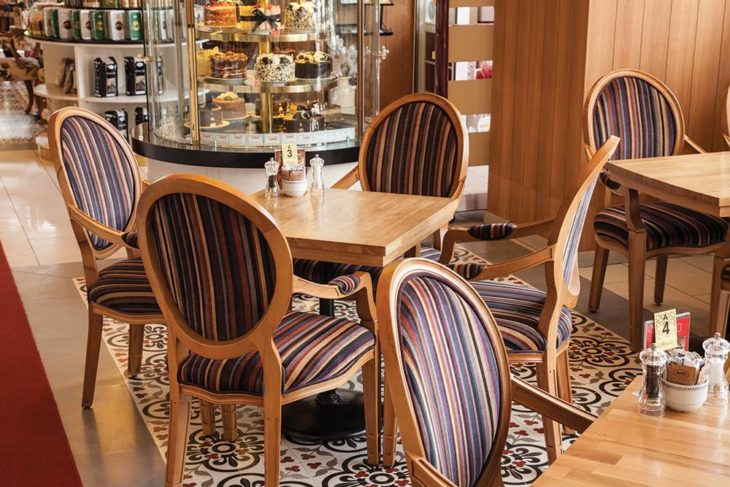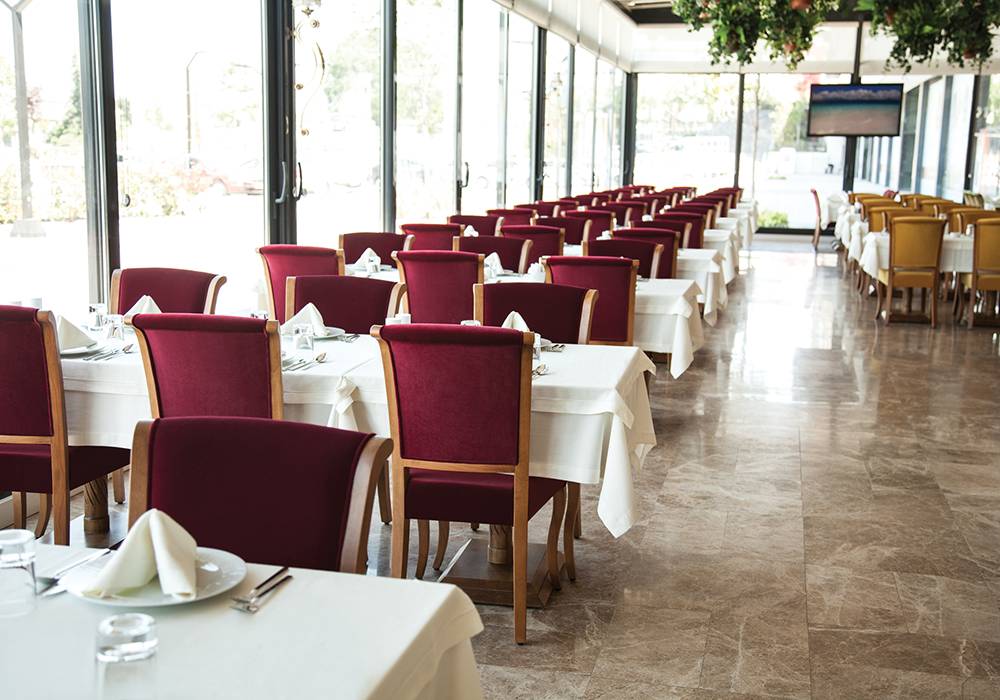
My fascination with the delightful piece of furniture called the chaise lounge began with its presence in the anteroom of my granny's boudoir where it used to be a permanent fixture beside the largish antique wall mirror behind the half moon table with a yellow lamp on it. The lush lounger was an ornate work of art with intricate carving on its feet and nailed trims that had silken tassels on the right side. In pearly lustrous brocade like upholstery it was really the stuff dreams are made of.
As a little girl of ten it was my favorite spot in her house that would find me curled with a book of poesy from her limited bookshelf. The lounger has been an article of nostalgia ever since and I have always retained one in its contemporary avatars wherever I have lived since then. This piece of furniture works really well for me as I love lounging on it. It really blends the fine line between a day bed and a chair on which I can do almost anything.
So intrigued have I been of this singular piece of furniture that I continually keep going back to study its hoary past to discover new facets all the time. I understand that the prototype of this kind of seating originated in ancient Egypt to become the basic design that has been used since then even centuries later. Several ancient Grecian artworks portray figures reclining on these early chaise lounges.
Even Africa has its own version that's carved out of wood as a pretty utilitarian and simplistic equipment. The Olmecs from ancient Mexico also had a Mexican version of this delightful piece of furniture that was deployed as a day bed. The term Chaise Lounge pronounced 'ShAz Loong' is of French origin that simply means long chair. Drawn by the versatility of the article it could only have been the French to have possibly been naturally drawn to this exquisite piece of furniture that they transformed completely.
It is true that the art movements of France have duly reflected the chaise lounge as a popular item in paintings of the Rococo period and validated the need to be artistically represented. Stylized architects of early 20th century also fell in love with the chaise lounge adoringly creating versions after versions that are still to be found in museums as popular displays. Actually initially creating chaise lounges was not an easy task nor was it affordable. This hand crafted item had to be bent by hand limiting its availability at large.
Thankfully as I was growing up my love for the article was easily catered to by modern machinery and engineering that allowed it to be constructed and made available for general use by enthusiasts of the furniture. Also with superior materials they began to be more comfortable. As I sit now on my patio reclining on the wicker chaise lounge I bought last summer I can't help but dream about the distinctive one in my granny's house of yore.
